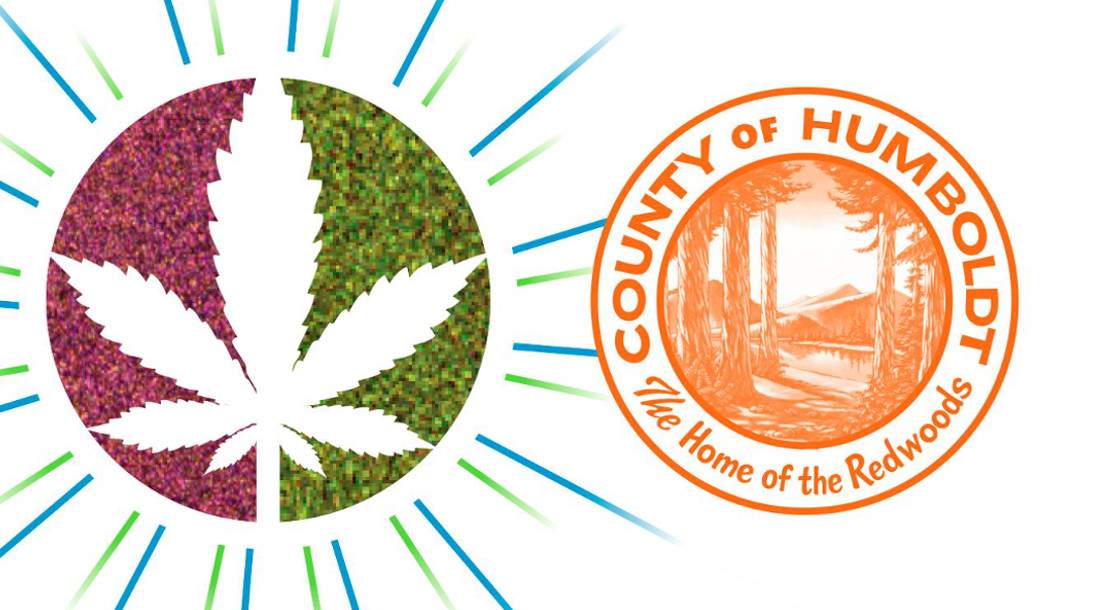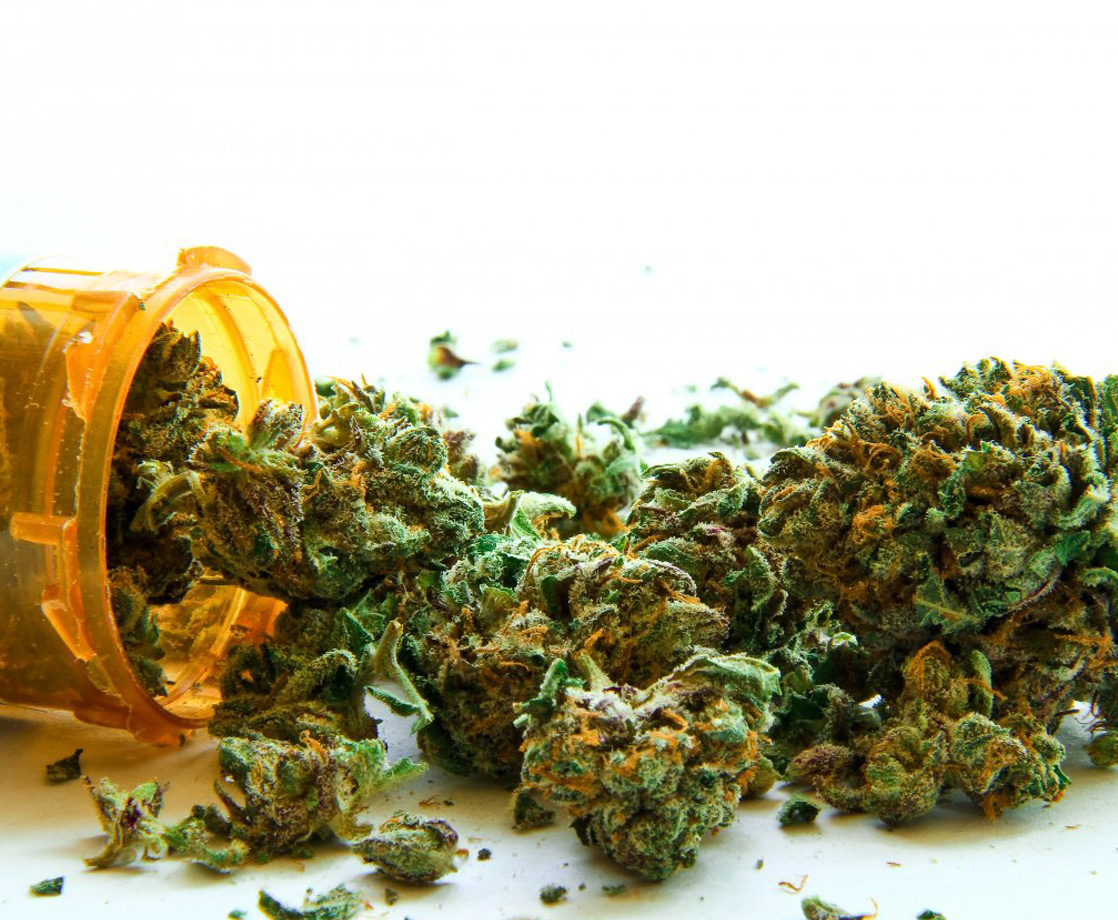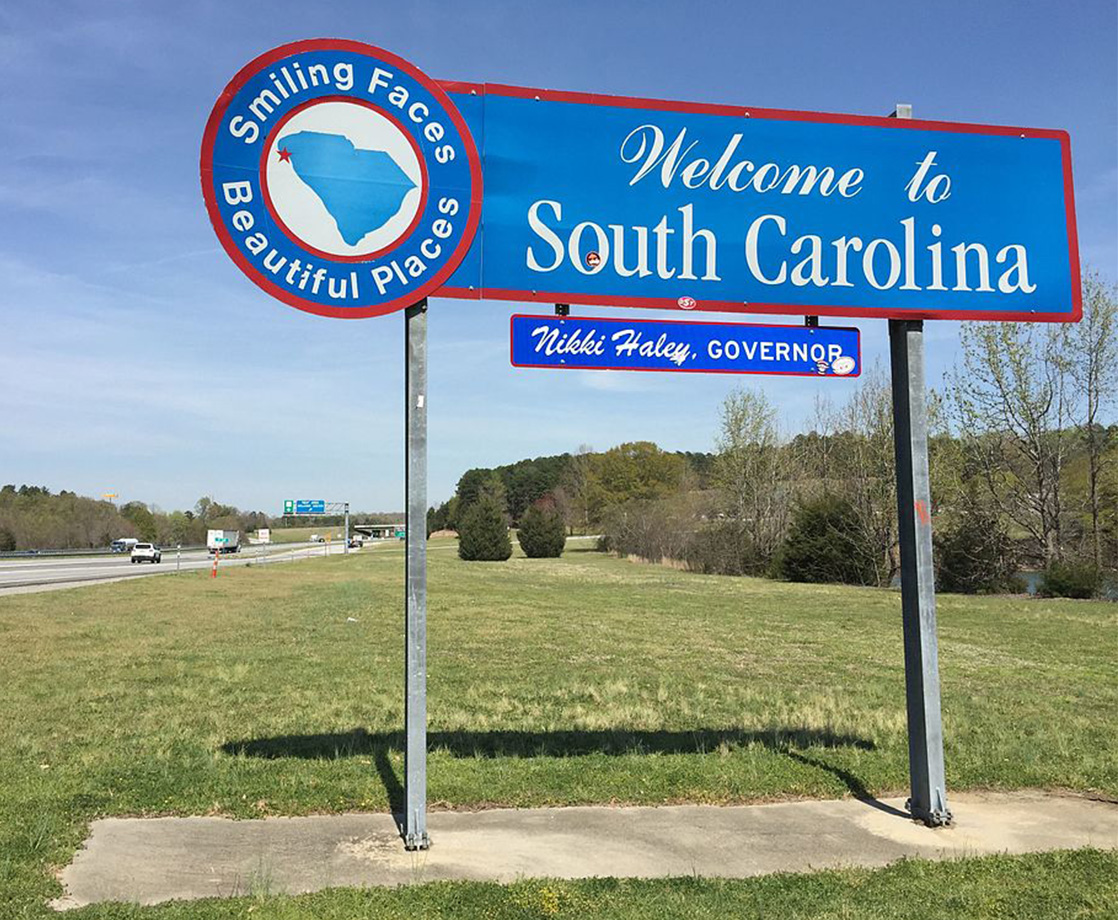As legal states for medical and recreational marijuana continue to expand across the United States, the regulatory regimes overseeing the production and sale of pot are getting more sophisticated. In California’s Humboldt County (reputed as part of the Emerald Triangle, the largest cannabis-producing region in the country), the county government is currently operating a pilot program to “track and trace” legal medical marijuana from grower to dispensary to patient. While “seed to sale” regulations have been legislated in newly legal states such as Colorado, Oregon, and Washington State, with the purpose of ensuring that cannabis sold in retail shops or used by manufacturers originates from licensed growers and not the black market, Humboldt County is taking a slightly different approach given its unique status and size within the marijuana industry.
Although track and trace programs haven’t been required for California’s medical marijuana industry since it began in 1996, in October 2015 the state legislature, after years of attempts, finally passed comprehensive regulations for the medical sector, including tracking requirements. While the state-level agencies charged with licensing and supervising the industry won’t start operating until January 2018, Humboldt County is preparing itself in advance due to its large population of marijuana farmers. In August the county launched the Humboldt Cannabis Pilot Program, with the stated purpose of “preventing distribution of cannabis to minors, preventing the diversion of cannabis to other states, preventing cannabis revenue from supporting criminal enterprises and preventing the growing of cannabis on public lands.”
Humboldt County Agricultural Commissioner Jeff Dolf said in June that the program would be the first in the country to track marijuana by “batch and lot” instead of “seed to sale”, stating the latter is “not practical for large-scale existing outdoor industry”; comparing Humboldt’s particular circumstances to other states where legal marijuana is predominantly grown in smaller, indoor plots and tracked by radio tags affixed to individual plants. In a partnership with Swiss multinational security company SICPA, Humboldt has instead developed a cloud-based system for tracking cannabis based on a model SICPA implemented with the state government to track cigarettes in 2005. Each participating grower or manufacturer in the program uses SICPA’s online platform to input information about their product into a distributed database, then attaches a coded stamp to each product which can be scanned by county inspectors to look up the product’s origin and characteristics.
However, what is special about this program is that consumers themselves can use the Humboldt Point of Origin website or its iOS smartphone app to look up information about their purchases, such as whether their cannabis was grown organically or with pesticides; extending product transparency to regular users, whereas in most legal states only regulatory authorities can access verified product data. This creates a new benefit of such systems: establishing an authentic brand. As Humboldt County Supervisor Mark Lovelace said this week, “proof [shows] that the county’s artisanal pot business is apart from the black market.” The graphic tracking stamp, which features a cannabis leaf alongside the Humboldt County seal, affirms the high quality for which the region’s bud is renowned.
Originally slated to run only to November, Capital & Main reported this week that Humboldt is extending through the program another month through December. Although program partner SICPA is offering its services pro bono for this pilot, legal marijuana tracking is projected to become a lucrative industry itself, with each new state tracking requirement presenting “potential multimillion-dollar business opportunities,” according to Jessica Billingsley, COO of MJ Freeway, another cannabis tracking company. It’s no wonder that a firm like SICPA would want to get in on the ground floor of Humboldt’s newly branded and regulated marijuana sector, as the Emerald Triangle and the state at large prepare to turn over a new leaf for legal weed.











